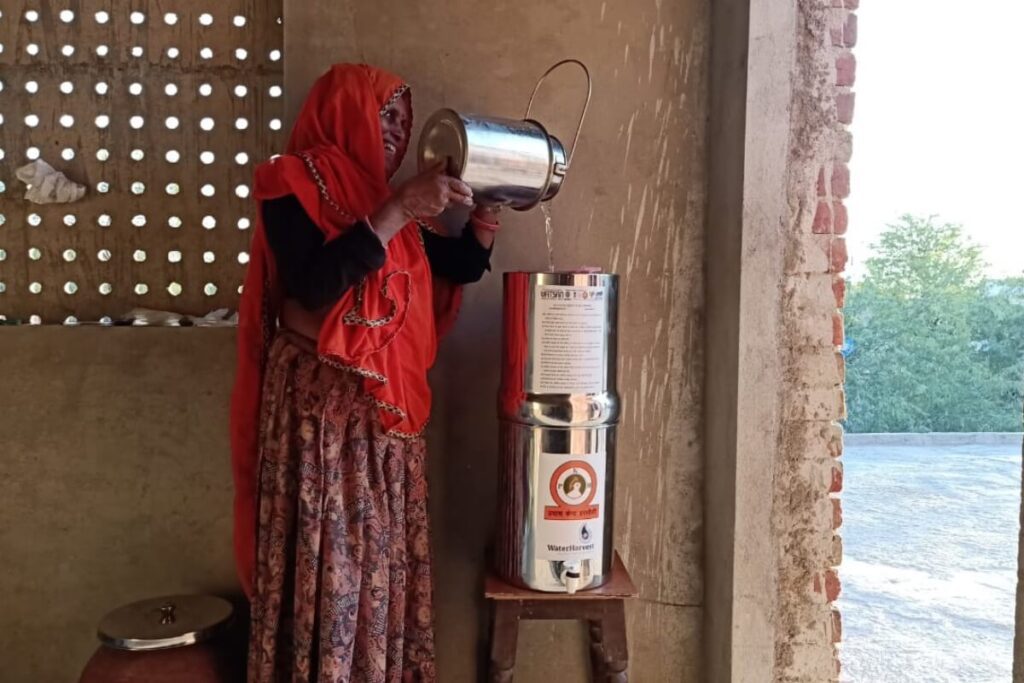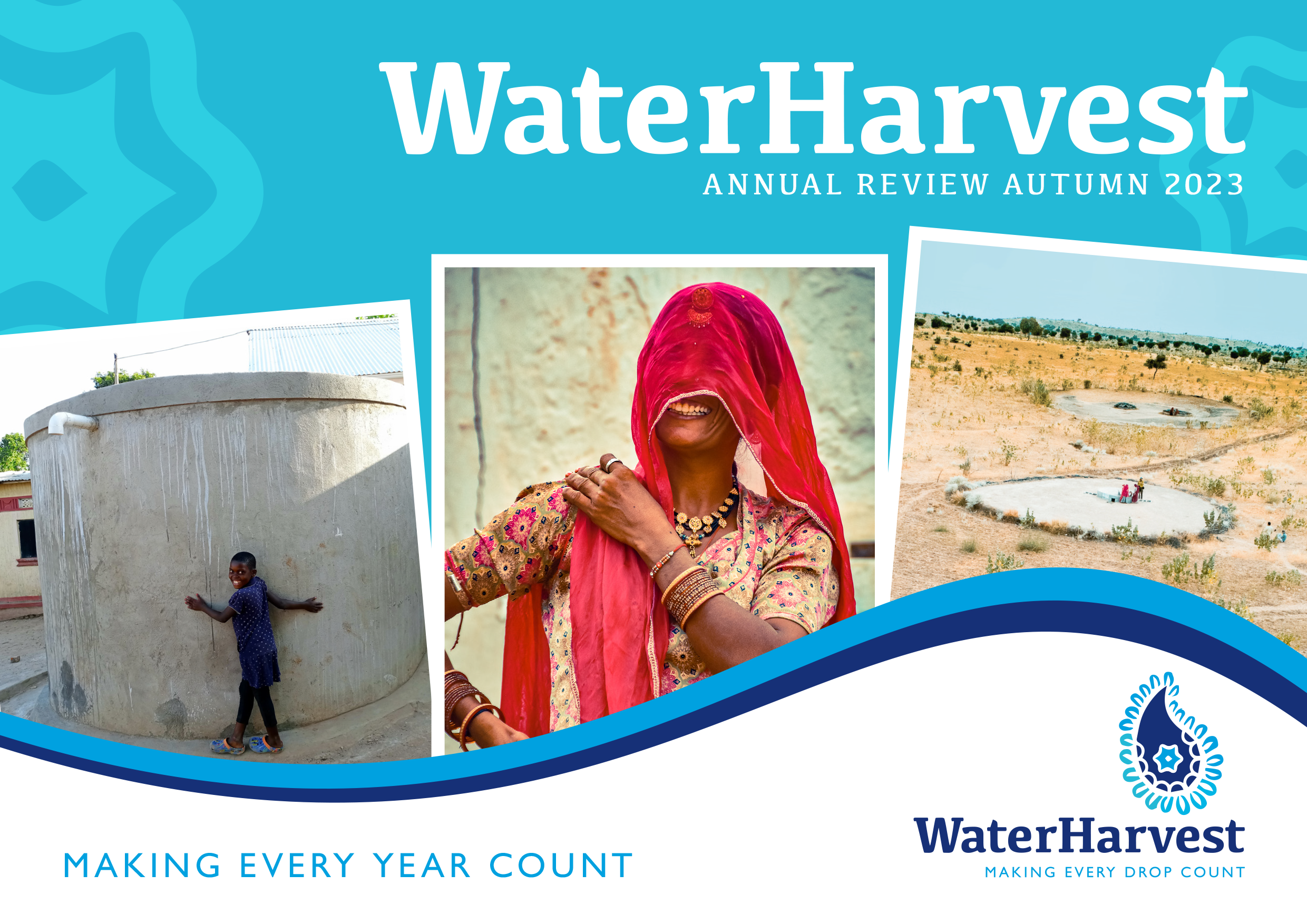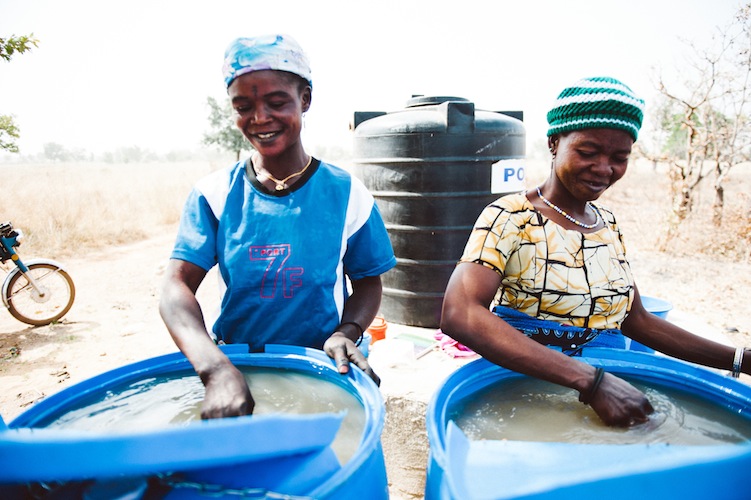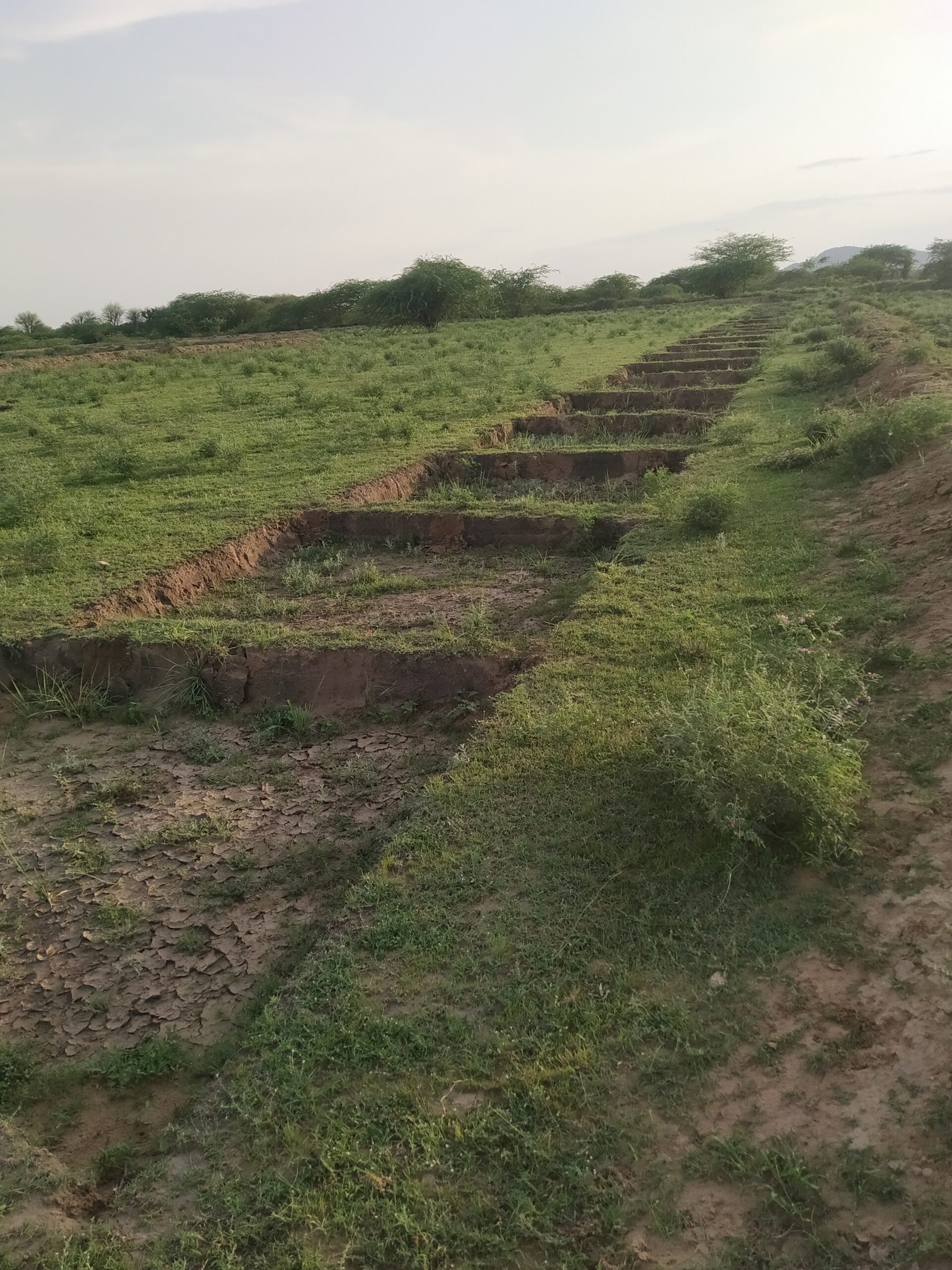When looking at the quality of the water in our rainwater harvesting programmes, we often use the phrase ‘monsoon to mouth’. Quite simply, this means that we look at each step of the process of catching and storing the rain and try to reduce the potential for contamination as much as possible.
There are currently five measures that we use to improve the quality of the rainwater:
- First flush mechanism to prevent the first rainwater flushing the dirt off the roof and into the tank.
- Filter inside the downpipe.
- Cleaning the tank before the onset of the monsoon.
- Use of a handpump.
- Using a filter in the home.




Using a filter in the home
Arguably the most difficult step has been the last step – the filter used in the home – and this has been the focus of one of our recent projects. There are many different types of filters available. However, finding one that is straightforward to use, easy to repair (including sourcing spare parts in the remote areas that we work), relatively inexpensive and can withstand the harsh conditions of the arid regions that we work in is challenging.
Rainwater is generally free from contaminants (unless there is significant air pollution) and therefore our main focus is on microbial contamination such as ecoli.
Over recent years, we have researched many filters and tested some in our programmes. A recent trial of biosand filters met with mixed success. We found that the filters were too complicated to use – they needed to be constantly wet and there was a period of downtime whilst the new layer of microfilm grew which meant they were ineffective and some of the families stopped using them.



We have now begun a new project trailing two different types of filter to see which one is best for the families we work with. Both filters are ceramic filters but are designed slightly differently. Families who received these filters recently underwent some training on how to use and maintain these filters. The field workers in the programme will be in weekly communication with them, using a online survey form, to see how the filters are working and try to iron out any problems and ensure the families continue to use the filters.




